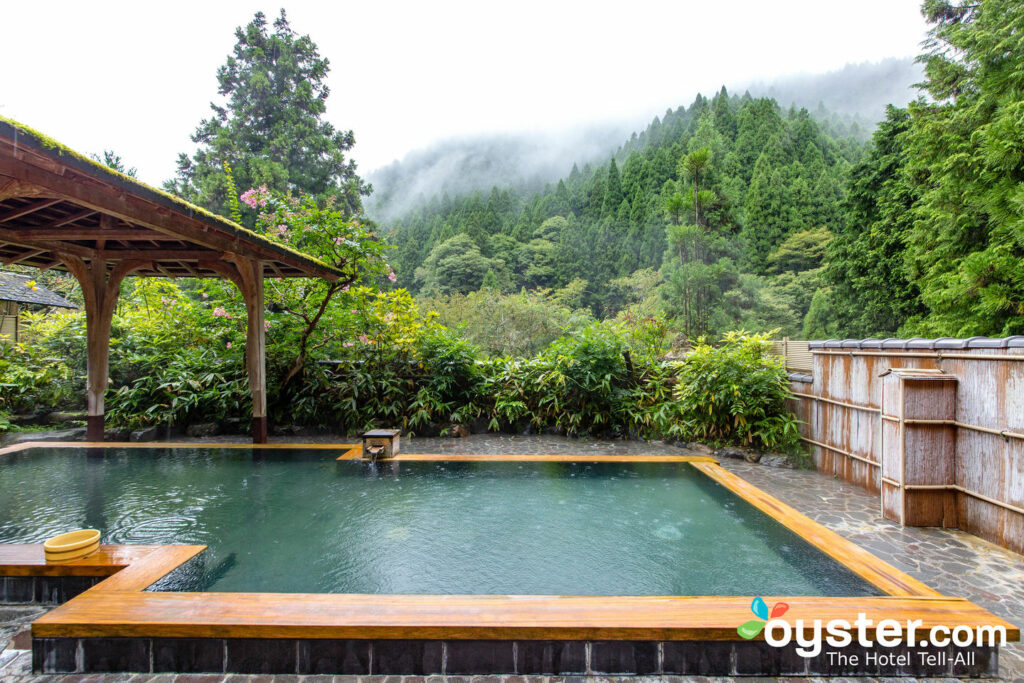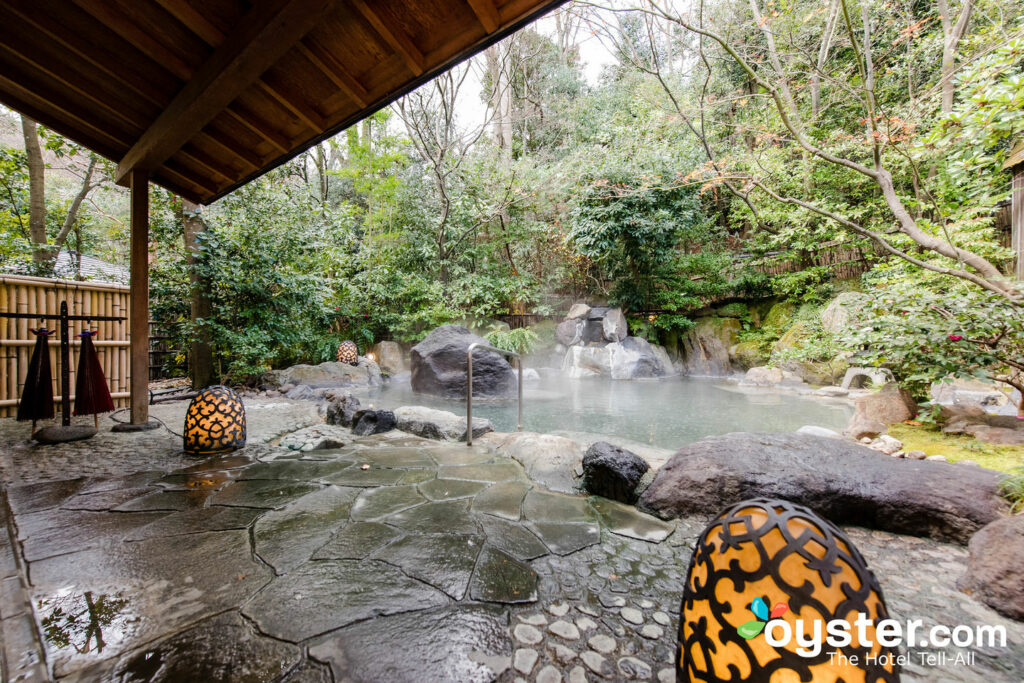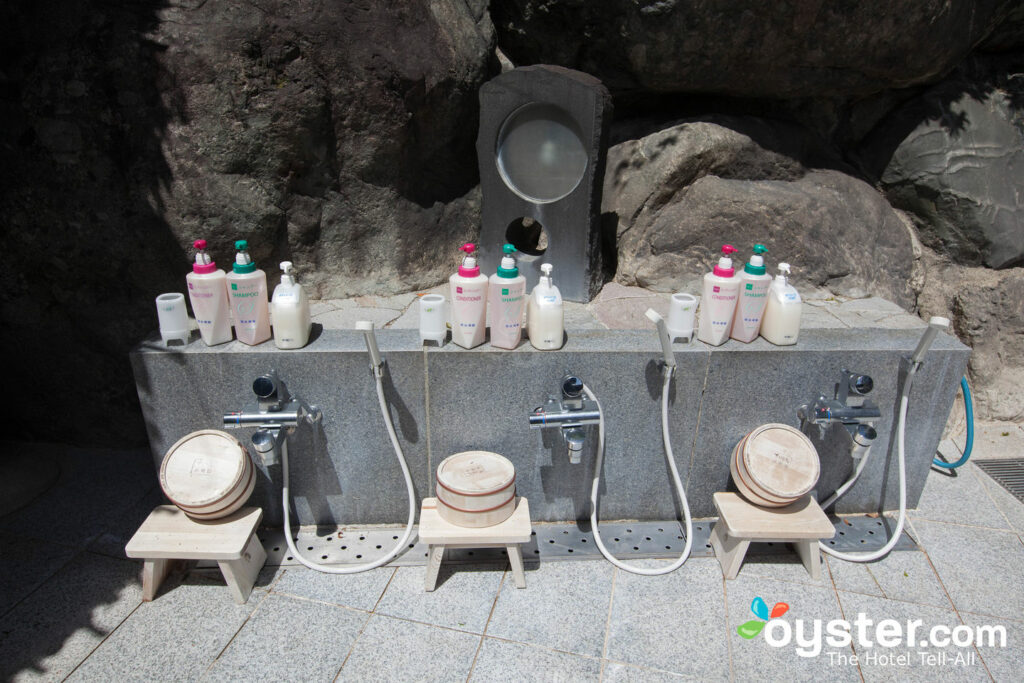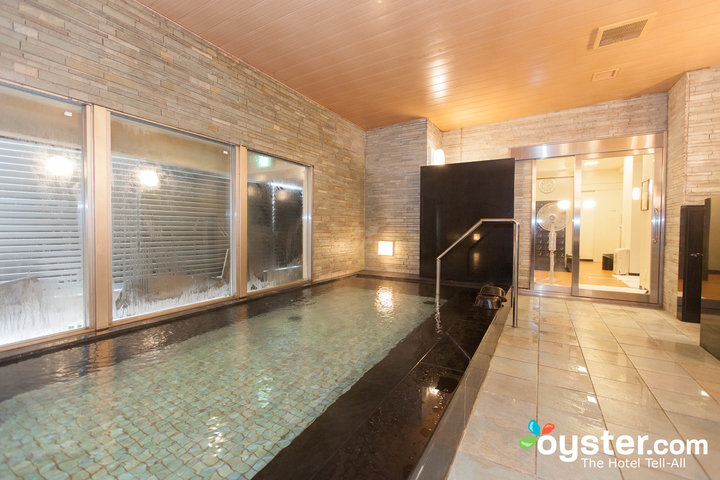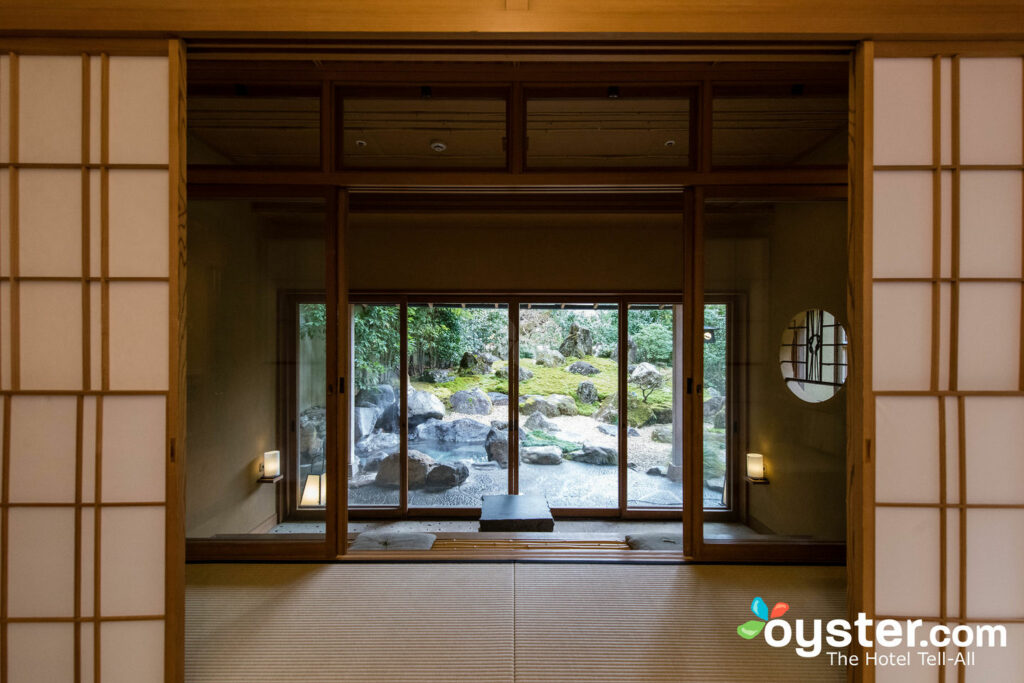Bathing in hot springs, or onsens, is a huge part of Japanese culture. However, doing so comes with its own set of rules, customs, and etiquette, from what to bring to what to wear (or not to wear, as the case may be). If you've never been to an onsen before, make sure to check out these seven tips for visiting a hot spring in Japan.
Notice: Undefined offset: 4 in /nas/content/live/stagingstmllc/wp-content/plugins/smartertravel-shared/includes/ads/includes/api.php on line 92
Notice: Undefined offset: 5 in /nas/content/live/stagingstmllc/wp-content/plugins/smartertravel-shared/includes/ads/includes/api.php on line 92
Notice: Undefined offset: 6 in /nas/content/live/stagingstmllc/wp-content/plugins/smartertravel-shared/includes/ads/includes/api.php on line 92
Notice: Undefined offset: 4 in /nas/content/live/stagingstmllc/wp-content/plugins/smartertravel-shared/includes/ads/includes/api.php on line 98
Notice: Undefined index: pass_through_args in /nas/content/live/stagingstmllc/wp-content/plugins/smartertravel-shared/includes/ads/includes/api.php on line 158
Notice: Undefined index: wrapper in /nas/content/live/stagingstmllc/wp-content/plugins/smartertravel-shared/includes/ads/includes/api.php on line 159
Notice: Undefined offset: 4 in /nas/content/live/stagingstmllc/wp-content/plugins/smartertravel-shared/includes/ads/includes/api.php on line 92
Notice: Undefined offset: 5 in /nas/content/live/stagingstmllc/wp-content/plugins/smartertravel-shared/includes/ads/includes/api.php on line 92
Notice: Undefined offset: 6 in /nas/content/live/stagingstmllc/wp-content/plugins/smartertravel-shared/includes/ads/includes/api.php on line 92
Notice: Undefined offset: 4 in /nas/content/live/stagingstmllc/wp-content/plugins/smartertravel-shared/includes/ads/includes/api.php on line 98
Notice: Undefined index: pass_through_args in /nas/content/live/stagingstmllc/wp-content/plugins/smartertravel-shared/includes/ads/includes/api.php on line 158
Notice: Undefined index: wrapper in /nas/content/live/stagingstmllc/wp-content/plugins/smartertravel-shared/includes/ads/includes/api.php on line 159
Notice: Undefined offset: 4 in /nas/content/live/stagingstmllc/wp-content/plugins/smartertravel-shared/includes/ads/includes/api.php on line 92
Notice: Undefined offset: 5 in /nas/content/live/stagingstmllc/wp-content/plugins/smartertravel-shared/includes/ads/includes/api.php on line 92
Notice: Undefined offset: 6 in /nas/content/live/stagingstmllc/wp-content/plugins/smartertravel-shared/includes/ads/includes/api.php on line 92
Notice: Undefined offset: 4 in /nas/content/live/stagingstmllc/wp-content/plugins/smartertravel-shared/includes/ads/includes/api.php on line 98
Notice: Undefined index: pass_through_args in /nas/content/live/stagingstmllc/wp-content/plugins/smartertravel-shared/includes/ads/includes/api.php on line 158
Notice: Undefined index: wrapper in /nas/content/live/stagingstmllc/wp-content/plugins/smartertravel-shared/includes/ads/includes/api.php on line 159
1. Be prepared to get naked in a Japanese onsen.
Don’t bother packing your bathing suit if you’re visiting an onsen. For hygiene reasons, you won’t be allowed to wear it anyway (and you’d stick out a lot more in your itty-bitty bikini than you would in your birthday suit). You may, however, want to bring your own small towel as not all onsens provide them, and some charge extra for towel service.
2. Tattoos are taboo in Japanese onsens.
While tattoos are ubiquitous in the United States, they have not reached the same degree of mainstream popularity in Japan, as many people in the country associate them with gang membership and nefarious behaviors. In fact, tattooing was once used as a form of criminal punishment in pre-Imperial Japan. As such, many onsens refuse admission to people with tattoos and are quick to kick out guests who violate the rule. Fortunately for inked visitors, this is changing, and some onsens that get a lot of international visitors have relaxed their rules. Just make sure to check ahead to avoid disappointment.
3. Men and women don't bathe together in Japanese onsens.
If you’re visiting with a member of the opposite sex, you’ll most likely be sent off to different sections of the onsen to bathe separately, since few are unisex. Little kids sometimes go with their mothers (provided that they are potty trained), though not all onsen are family-friendly. Plus, the water can be too hot for young ones. Some transgender visitors may feel more comfortable renting a private onsen, as visitors are expected to enter baths based on physical gender — irrespective of identity.
4. Remember to hydrate in a Japanese onsen.
Sitting in hot water for long periods of time can be dehydrating, so it’s a good idea to drink lots of H2O. Tip: Bring a non-glass water bottle to fill up. Also, limit alcohol consumption before a soak; while you definitely shouldn’t be showing up to an onsen drunk, even a beer or two can dehydrate you quickly.
5. Shower before entering a Japanese onsen.
Onsens are clean because of the efforts of visitors. There are usually shower areas with handheld hoses or buckets for pouring water over yourself. Here, you’ll also find a small stool where you can sit and soap up. While it’s crucial to shower before entering, many visitors prefer not to take post-bath showers.
6. When in doubt, follow the locals in a Japanese onsen.
If you’re unsure about anything (and this applies to more than just onsen bathing), your best bet is to see what the locals are doing and follow suit. For example, you’ll notice that conversations tend to be quiet. While you certainly don’t need to talk in whispers, onsens are typically quiet spaces reserved for relaxation, and boisterous behavior is strongly discouraged. You will also likely see people sitting on their hand towels when out of the water and in the sauna — a good idea for your own hygiene and that of others.
7. Not all baths are hot springs.
Note that not all Japanese bathhouses use hot springs water. The word onsen designates a hot spring (which means the water comes from a naturally hot source and has a certain mineral content). Baths called sentos are often similar in terms of aesthetic, but use heated municipal water rather than natural hot springs water.
Our Pick for the Best Hotel Onsen in Japan: Gora Kadan
Tucked high in the hills of Hakone, and within striking distance of both Mount Fuji and Tokyo, Gora Kadan is one of Japan’s best onsen hotels. This ryokan, a Relais & Chateaux property, takes Japanese tradition to luxurious heights. While Gora Kadan offers day passes for those who’d like to avoid the hefty per-night room rate, a stay here is something special. Guests can access the naturally heated springs at Gora Kadan whenever they’d like, as well as the ryokan’s numerous wellness features. If you’re looking to unwind in absolute peace and quiet, several rooms come with their own private outdoor onsen — trust us when we tell you that they’re worth the splurge.
You’ll Also Like:
- A Guide to Hot Springs in Japan
- 9 Nude Hot Springs Around the World
- What You Need Know About Bathing and Bathroom Etiquette in Japan
All products are independently selected by our writers and editors. If you buy something through our links, Oyster may earn an affiliate commission.
